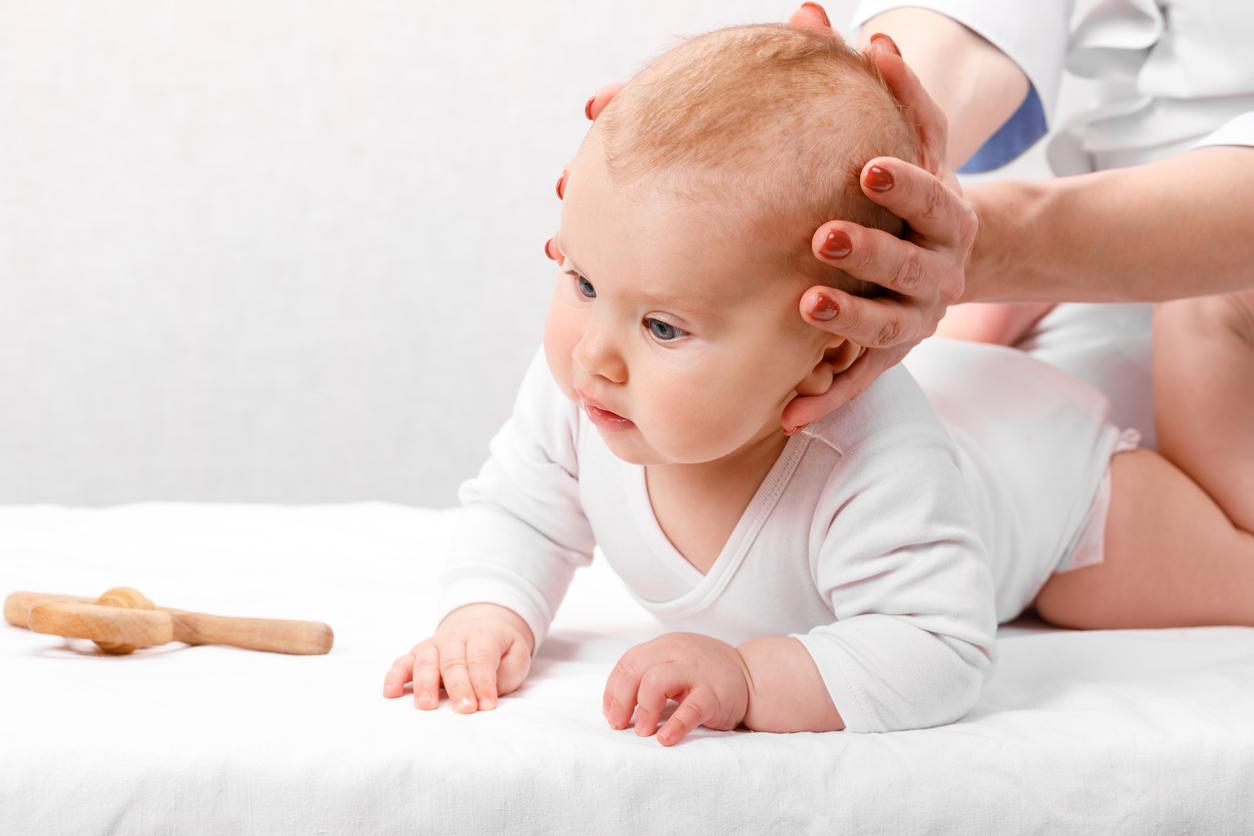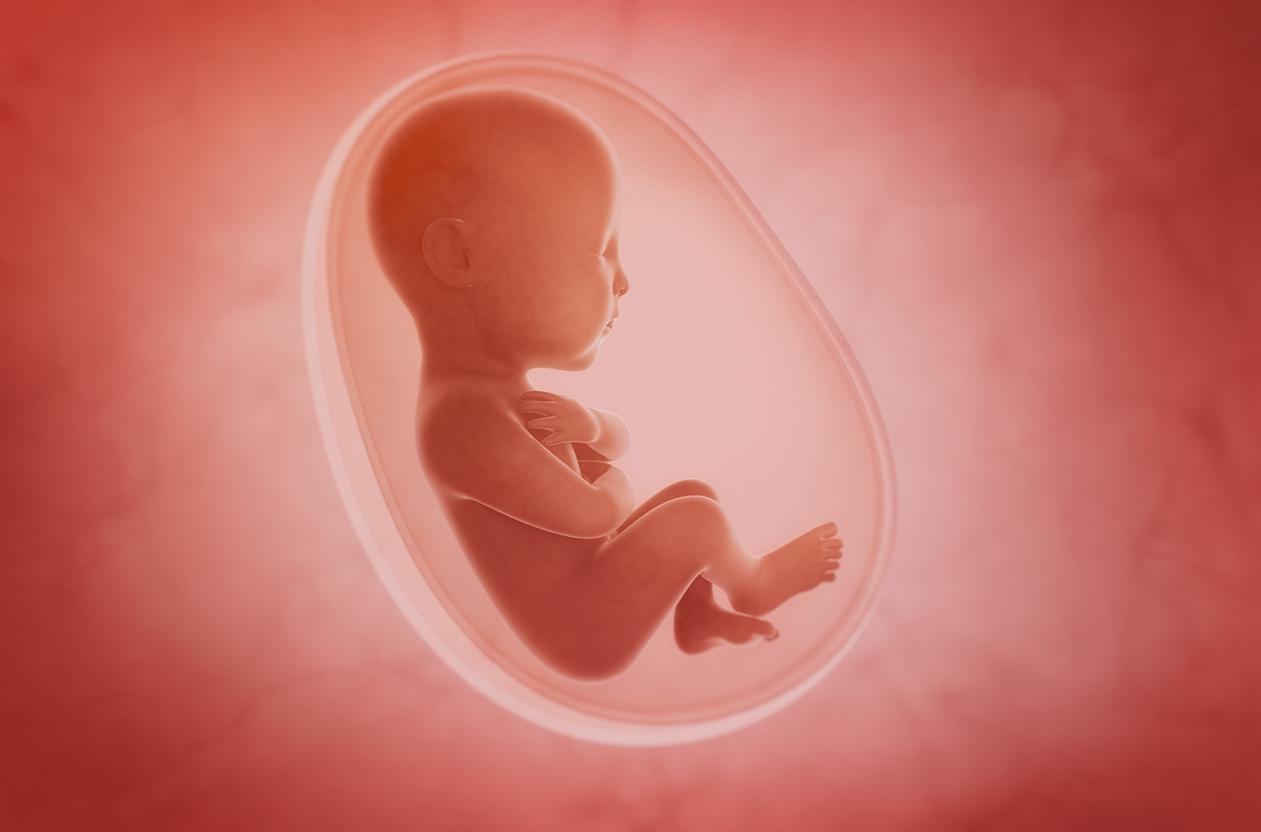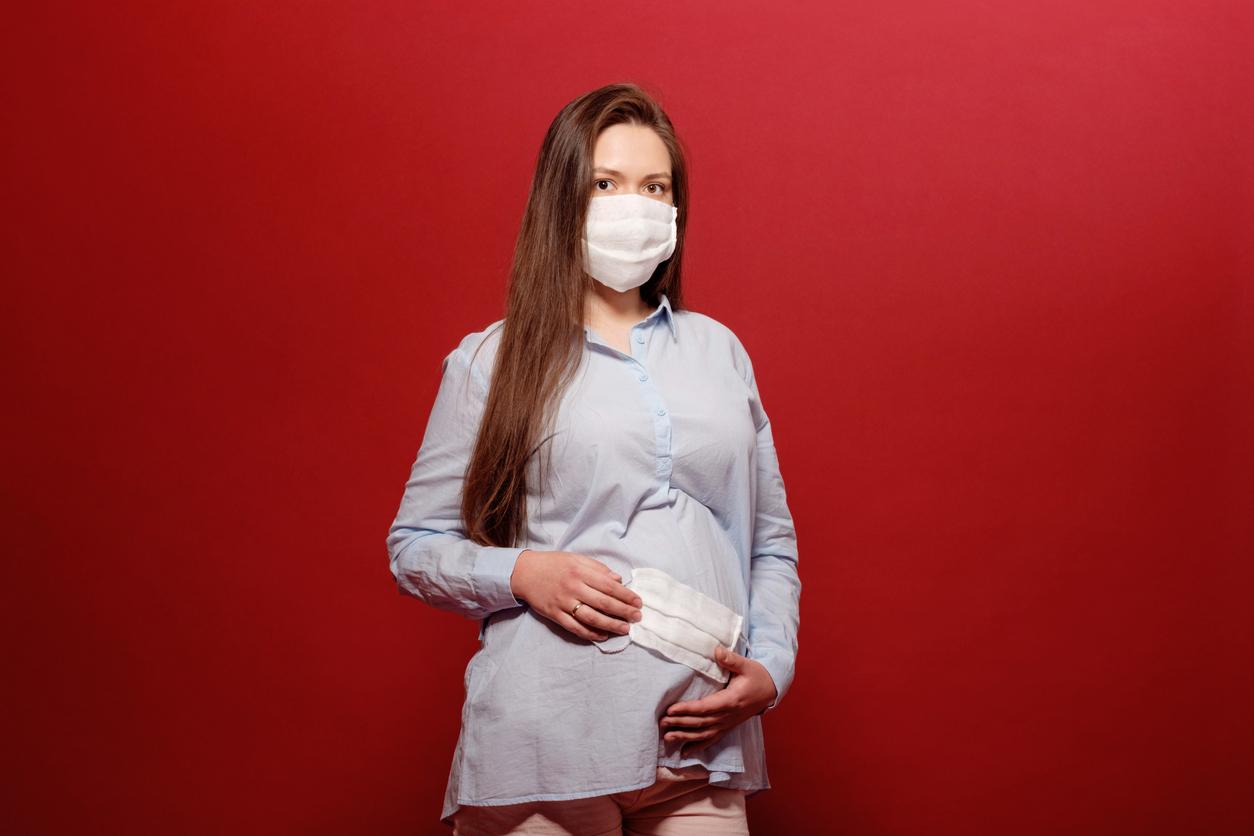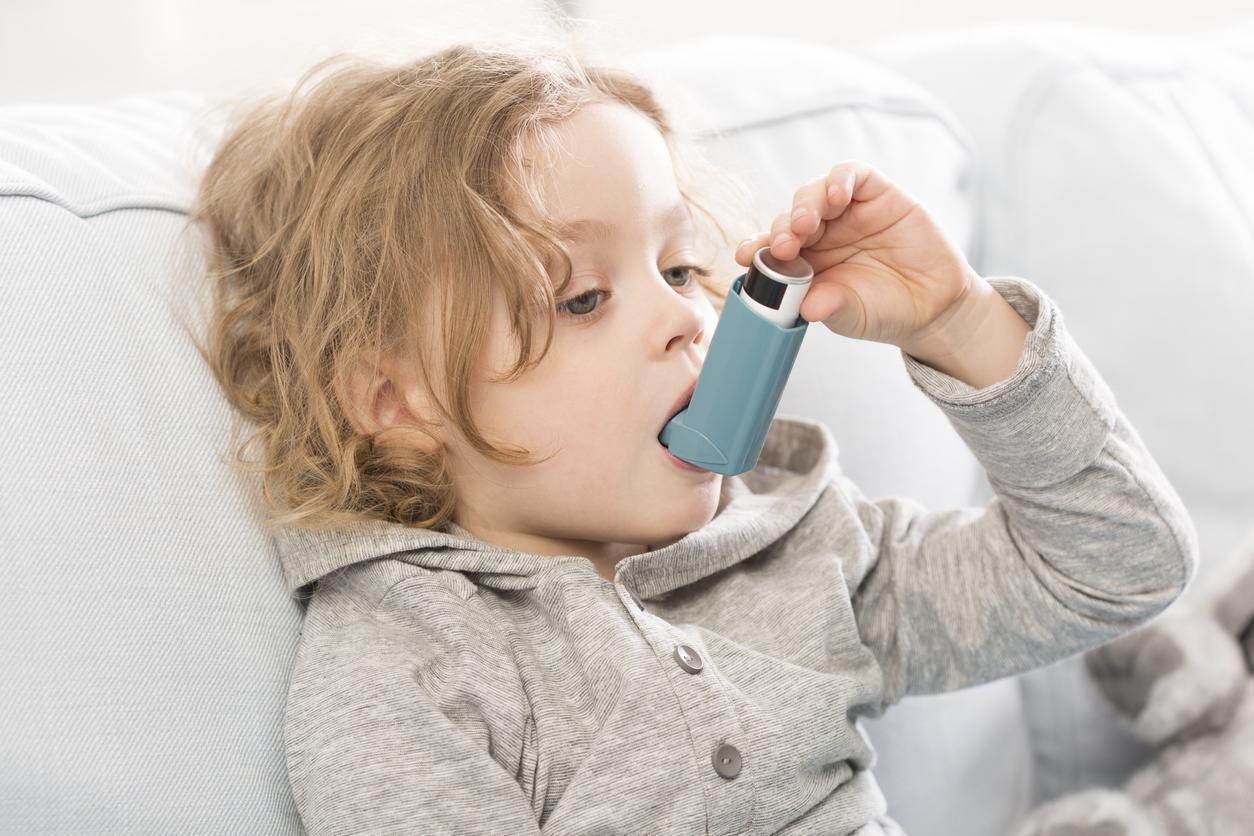Atopic disorders, such as asthma and allergies, may be caused by changes in the placenta, according to a new study.
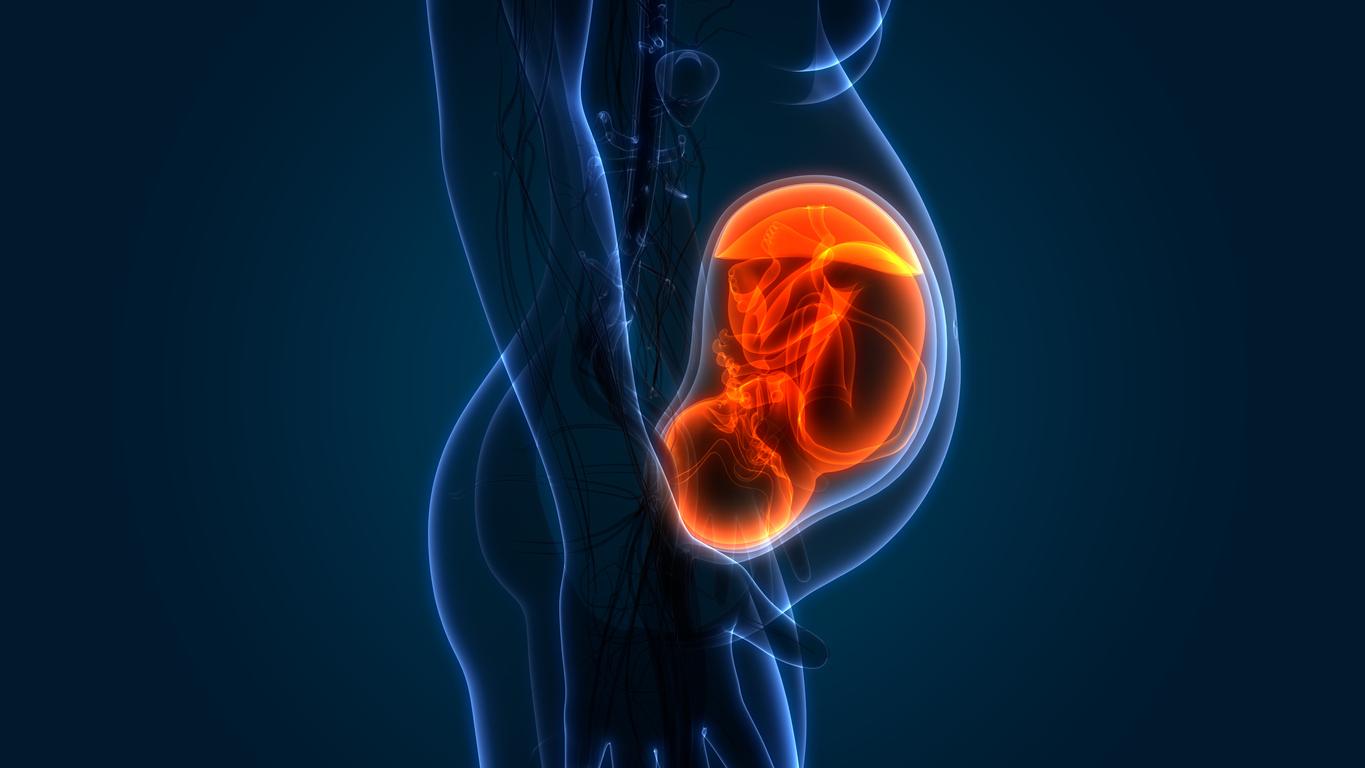
- Changes in the placenta can increase the risk of children developing asthma and allergies.
- Premature babies are three times more likely to suffer from asthma-related problems if there is inflammation of the placenta.
- The study also shows a link between heavy placentas and an increase in asthma medication prescriptions among full-term children during their first year of life.
“We pediatricians should focus more on the potential importance of the placenta for the child after birth”. Dr. Maria Lodefalk issues this warning because her new work has revealed that changes in the placenta are linked to an increased risk of the child developing atopic disorders such as asthma and allergies.
Atopic disorders: a large placenta leads to increased risk in full-term children
To assess the impact of the fetal period on health, the researcher from Örebro University and her colleagues took up 19 studies on the subject involving around 13,000 children.
Analyzes showed that babies born prematurely had a three times higher risk of suffering from asthma if there was inflammation of the fetal membranes and placenta. “This risk is in addition to the increased risk of lung disease linked to premature birth”add the authors in a press release.
Concerning children born at term, a link between unusually heavy placentas and increased prescriptions for medications for respiratory disorders during the first year of life has been highlighted.
Dr. Lodefalk said the team could not determine whether these placental changes directly or indirectly caused atopic disorders in children.

Studying the placenta could help improve toddler health
However, the expert puts forward a hypothesis based on the links discovered. “A plausible explanation for the new findings could be that inflammation of the placenta and fetal membranes triggers inflammation in the fetus that persists and risks damaging the child’s lungs or affecting the immune system even after birth.”explains Dr. Lodefalk.
She adds that this research, presented in the journal Pediatric Allergy and Immunologycould help improve the management of these two diseases.
“If we know that changes in the placenta can mean a higher risk of developing asthma, we can more closely monitor children born prematurely and after finding inflammation in the fetal membranes and placenta. Weigh and send all placentas for analysis in case of uncertainty could also be a simple and effective measure”estimates the expert.









